Infections of OCR You Must Avoid!

Similar catchy and fear inducing headlines like this one have recently cropped up again with new stories of obstacle racing health hazards that warn of disease, plague, and man eating parasites. Sure, there are real documented cases of pig sty nastiness, and some individuals have suffered dreadful fates, but there’s also clearly a large dose of media sensationalism at play here. What is even more apparent is the effort by some (perhaps even subconsciously) to write off the sport of Obstacle Racing as something that only crazy people do. If you can paint for yourself a picture of OCR that is too dangerous, too unhealthy, and too crazy, then you don’t have to deal with it. You can ignore your primal urge to get out and test yourself on the course. In fact, those who dismiss it, and seek to justify their avoidance are ironically the people who are most in need of the visceral awakening that OCR delivers.
So, in the spirit of non-avoidance, let’s look at these health hazards and tackle how to deal with them head on. First, you must recognize that headlines aside, Obstacle Course Racing is risky business. But bubonic plague is not your first concern. You will face many physical challenges in the course of your race that are foreign to your day job. Scrapes, blisters and rope burns are inevitable, and you’ll proudly show them off to your co-workers on Monday. Those are not injuries, those are badges of honor. An injury is a whole different matter and involves broken bones, stretchers, and sadly even a few deaths each year. The same can be said for skiing, surfing, hiking and countless other adventure activities. Add to that list crossing the street and driving.
If you have steeled yourself for the physical risks, you are 99% ready to tackle the course. But since the great outdoors does present some dangers you won’t find in a plush yoga studio, let’s look at how to deal with the number one health risk: infection.
The majority of OCR events are held in rural areas or fields commonly frequented by animals where topsoil is contaminated with fecal matter from domestic and wild animals. Races run on cow and pig farms are the perfect breeding grounds for serious infections such as E. coli, Staphylococcus and yes, albeit very rarely, even flesh-eating bacteria (Necrotizing Fasciitis). These serious infections are extremely rare but make the best headlines.
Contaminated mud becomes hazardous when introduced to any break in your skin. Infections occur when organisms enter your body through cuts or abrasions. Skin infections such as pustular follicular dermatitis, cellulitis, pyoderma and scabies have also been documented.
One of the most common areas for cuts and abrasion is the back of the calf and lower leg due to obstacles like the rope traverse. A high compression sock is often the best defense against this common injury and entry point for infection.
Another problem area is your hands. If you don’t work with your hands daily or you have many callouses from weekend lumberjacking, you should consider wearing gloves. Obstacle race gloves prevent rope burns, provides protection from splinters, bruising, and rough obstacles components like chain, wood, cinder block. Gloves also improve grip on rope obstacles and help when crawling over rocky surfaces or doing burpees in the dirt.
Other general precautions to keep in mind the next time you hit the course include packing an antibacterial ointment, like Neosporin, or hydrogen peroxide wipes to clean any cuts and scrapes. It’s also a good idea to shower or clean up as best you can immediately following the race using soap. Although you are not likely to get completely clean until you get home, some experienced racers bring their own water jugs or spray tanks to make sure they can still wash off a bit directly after races.
While the headlines might seem scary, the best way to prevent infection is to cover and clean yourself up well (and don’t chug the mud). Your odds of catching a serious disease are slim. With a few precautions, good packing and smart racing you can substantially reduce your chances of catching something nasty. So, face your fears and get out there!




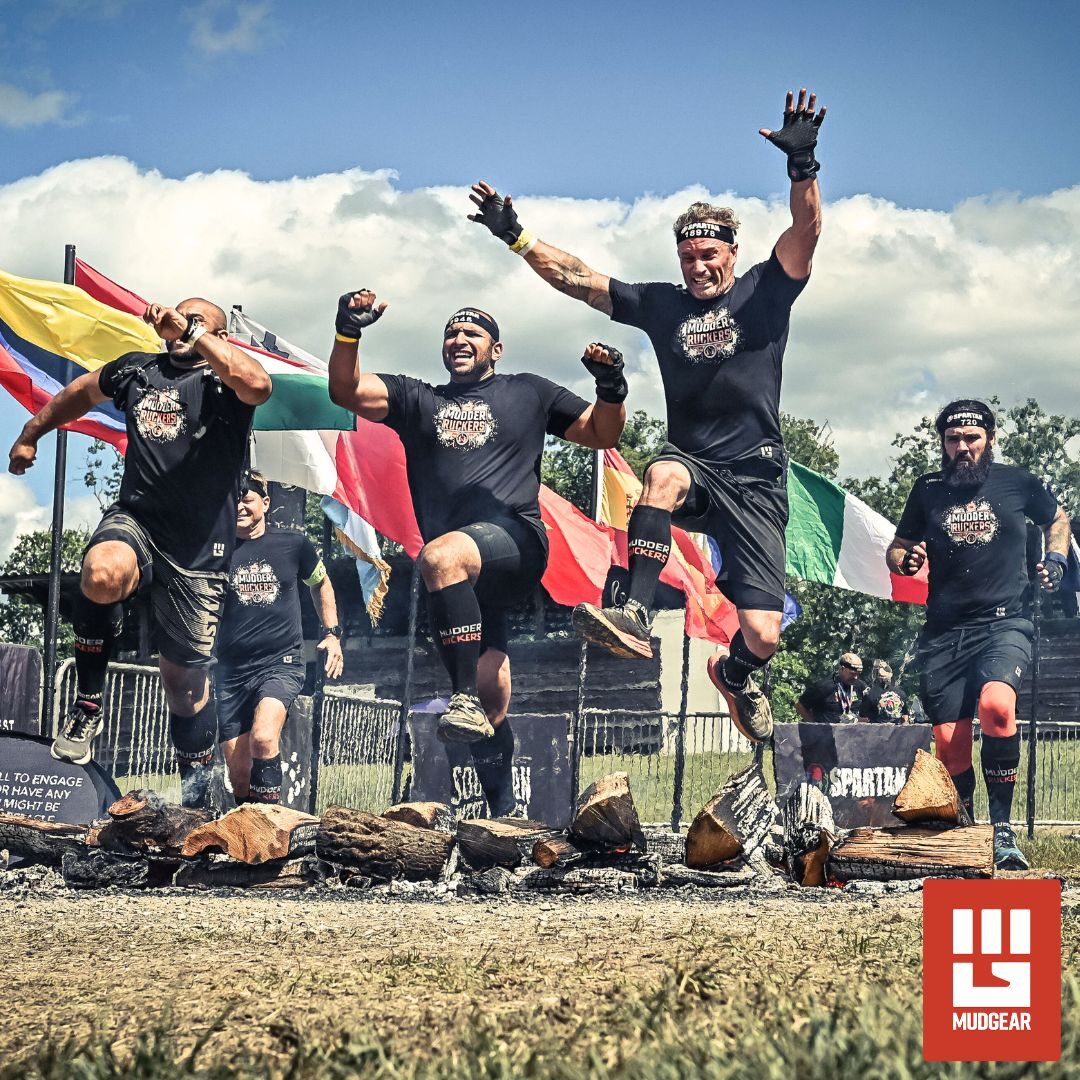

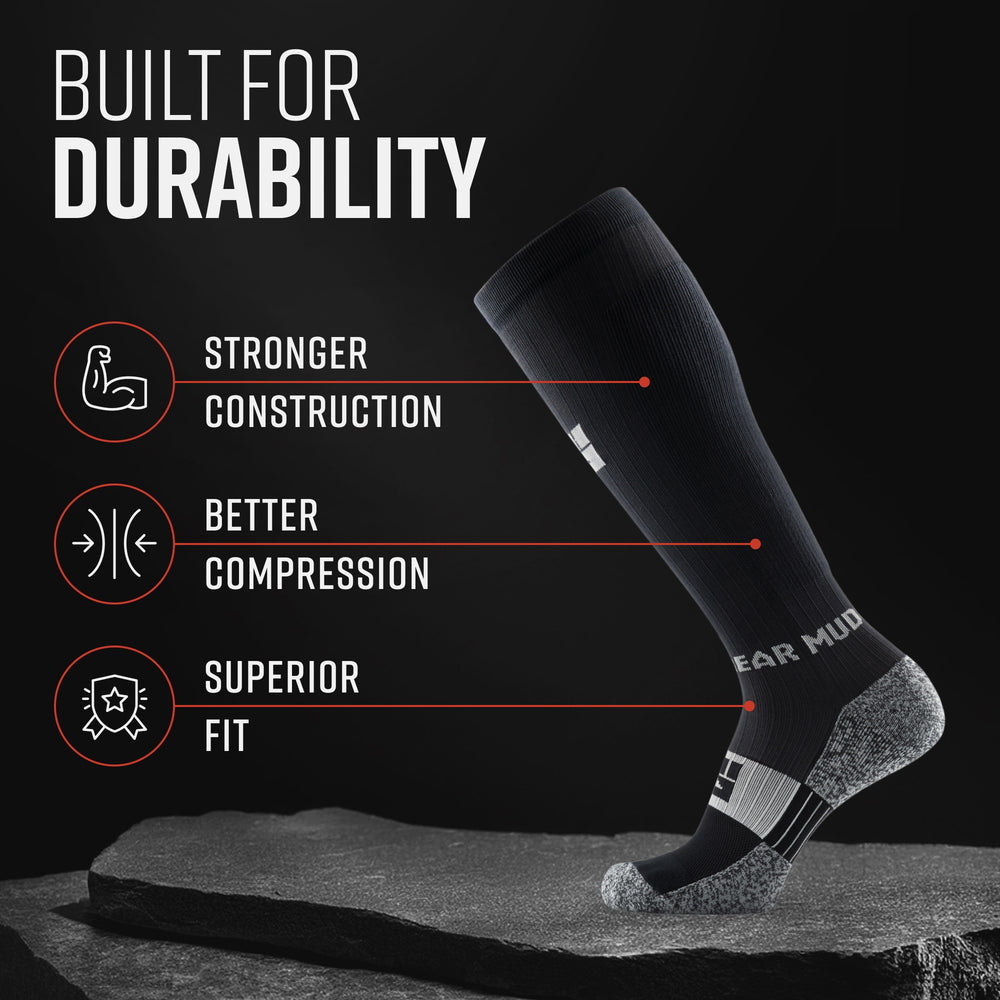
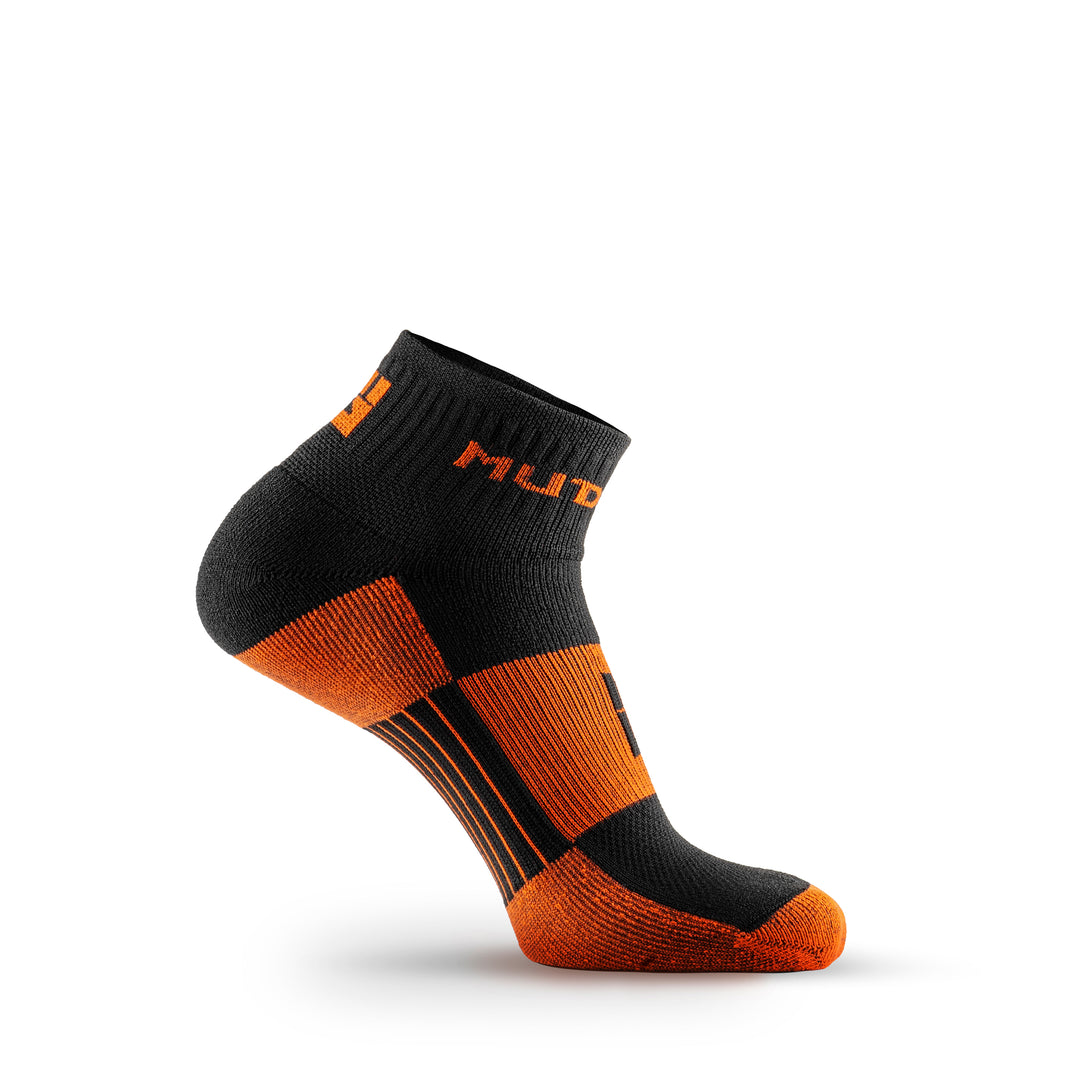
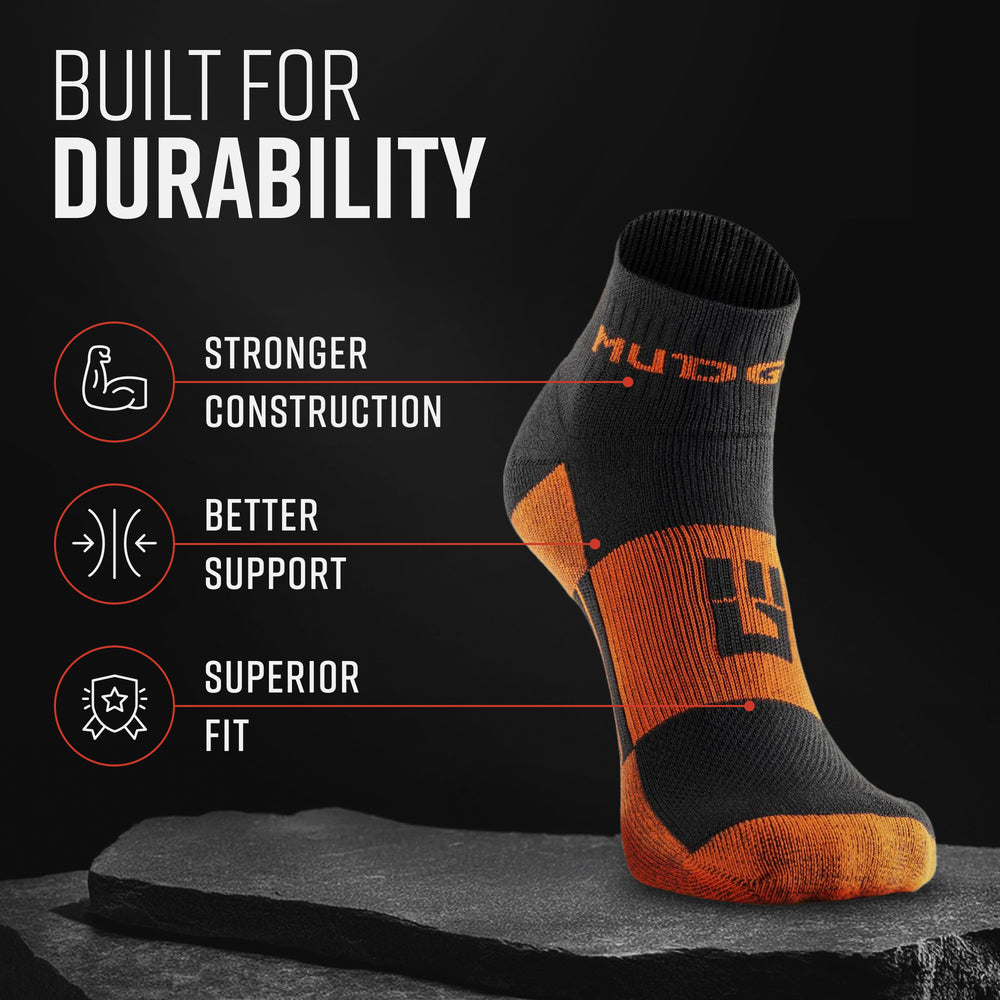


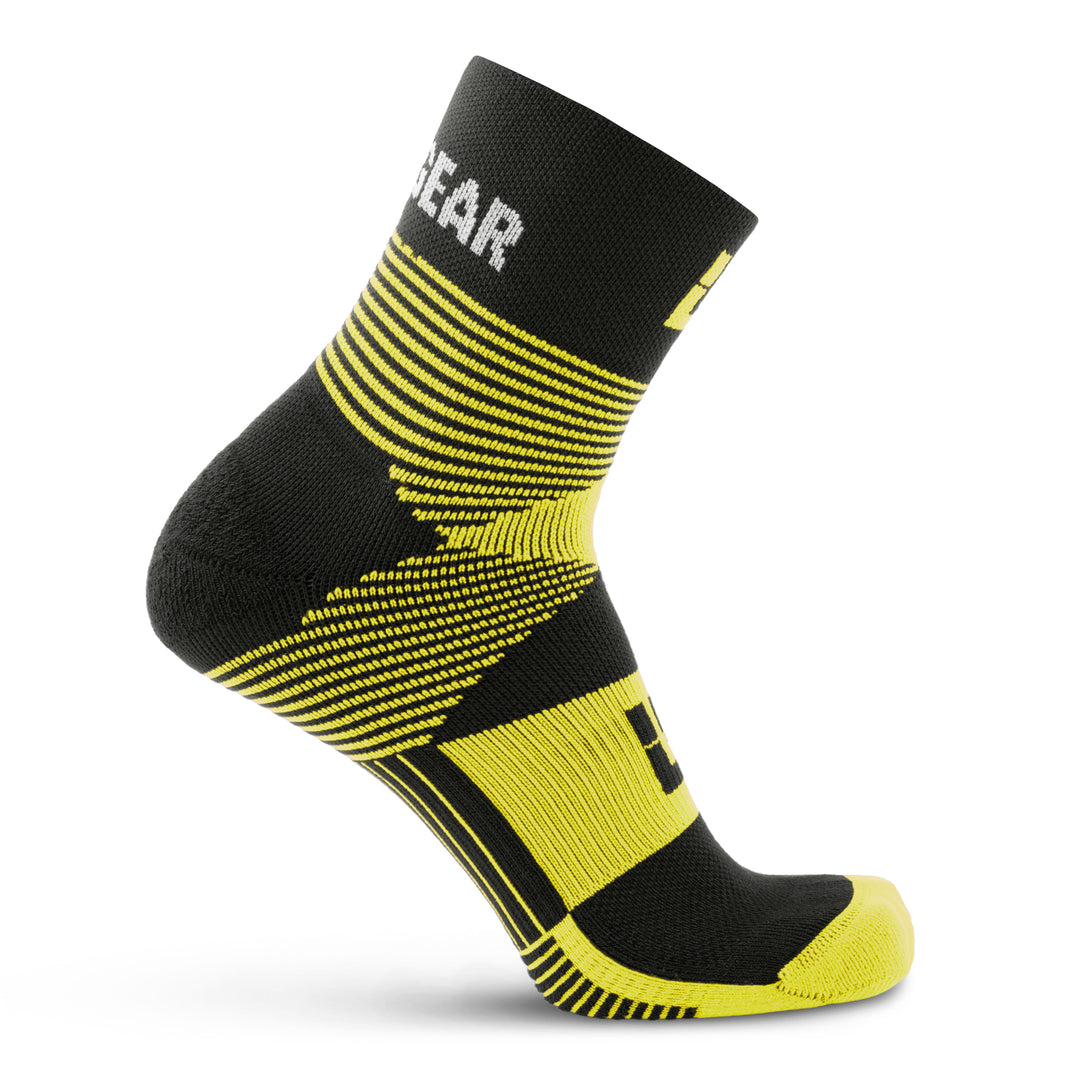
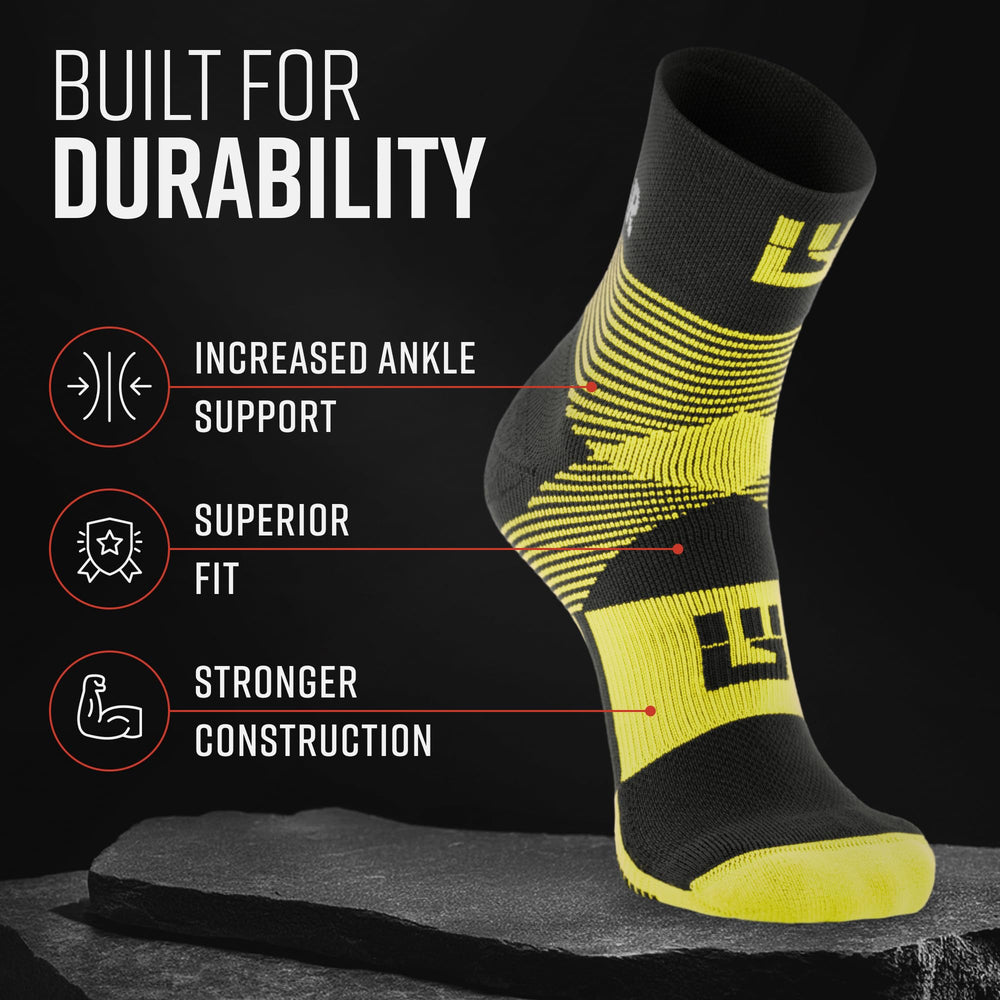

Leave a comment